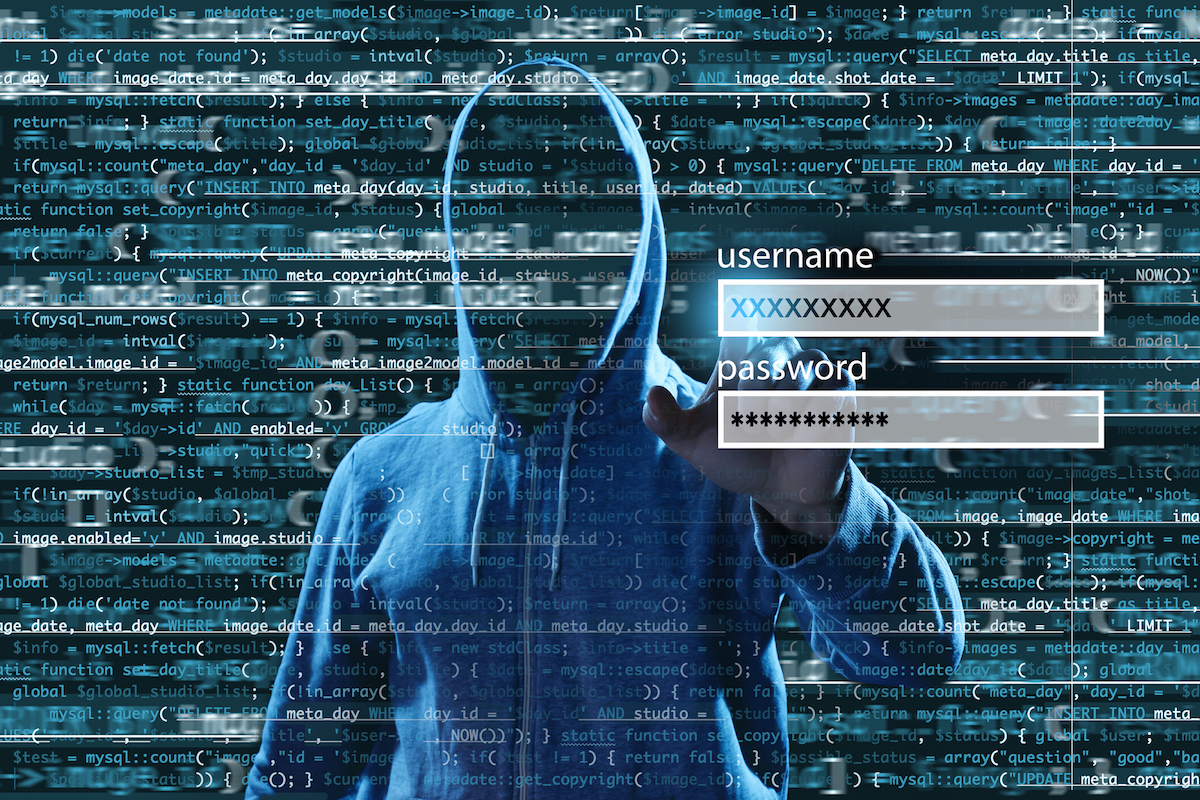
Information security isn’t limited to stopping intrusions into your network. When a business decommissions IT assets in the process of upgrading, data can remain on discarded devices and storage media for years. Many data breaches occur because sensitive data can be recovered from these assets if they’re not properly wiped, circumventing network security entirely. By taking the right precautions to destroy data on outdated assets, you make your business’s vital information that much safer.
Do More Than Hit ‘Delete’
Contrary to common knowledge, deleting files through conventional methods like depositing them in the ‘recycle bin’ or reformatting the drive does not actually erase the data. To save time, the computer removes the file’s pointer, freeing up the memory to be reused. Programs exist that can recover ‘deleted’ files if their former memory isn’t overwritten—whether to restore lost files after a crash or to steal sensitive data. Secure data destruction needs to be more involved.
Data Sanitization Programs
As part of the process of recycling end-of-life IT equipment, specialized sanitization programs can be employed to thoroughly remove data from storage media by overwriting memory. Various overwrite methods exist, with most performing multiple passes to verify a complete wipe. Such processes take a while to run, but the thoroughness is invaluable. DBAN, one of the best known sanitization programs, is runnable off of a CD or USB drive and uses DoD-compliant sanitization methods.
Many of these programs only work for conventional hard drives, though—solid state drives operate differently and often contain unallocated space where some data may persist. More specialized programs exist that can wipe SSDs, often created by the manufacturer in question to account for the drive’s specific architecture.
Degaussing and Destruction
If the old equipment doesn’t need to be preserved, more physical methods can be applied to destroy data:
- Devices called degaussers use powerful magnetic fields to reorient magnetic domains within the media, quickly destroying any present data. These only work on magnetic drives, though, and can render hard drives unusable by destroying servo control data.
- Physical destruction of storage media ensures unreadability. This entails punching holes through hard drives, precisely crushing storage chips in SSDs, or use of high power shredders to completely destroy drives.
Take a Thorough Approach
The Department of Defense and US National Industry Security Program outline standards of secure data destruction. Electronics recycling companies like TechWaste Recycling are familiar with these standards and thus carry the tools needed to make sure deprecated IT equipment doesn’t pose a security risk for your business. Turn to the experts and guarantee that your data is safe from the wrong hands.
TechWaste Recycling directly services all of Southern California and provides pickup services to its facilities from nationwide locations. Visit TechWaste Recycling’s website at www.techwasterecycling.com to schedule a pickup that works for your convenience and schedule.
Learn more about TechWaste’s data destruction process here: Secure Data Destruction Services
Contact Info:
Richard Steffens
1940 E. Occidental street
Santa Ana, CA 92705
Phone: 866-637-8469

































